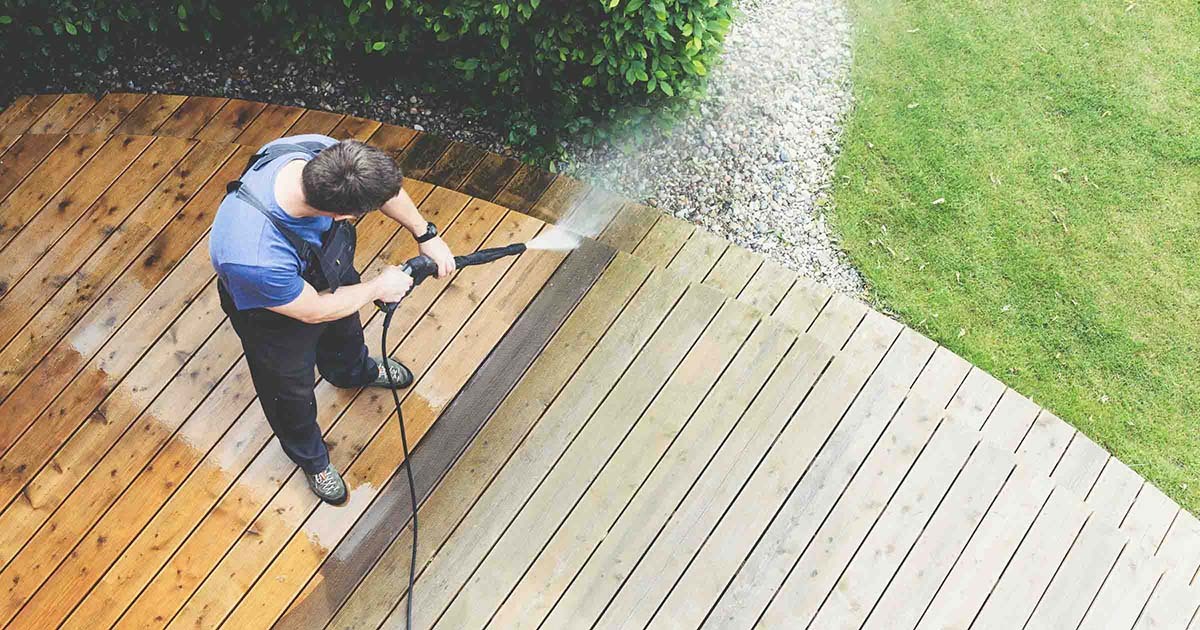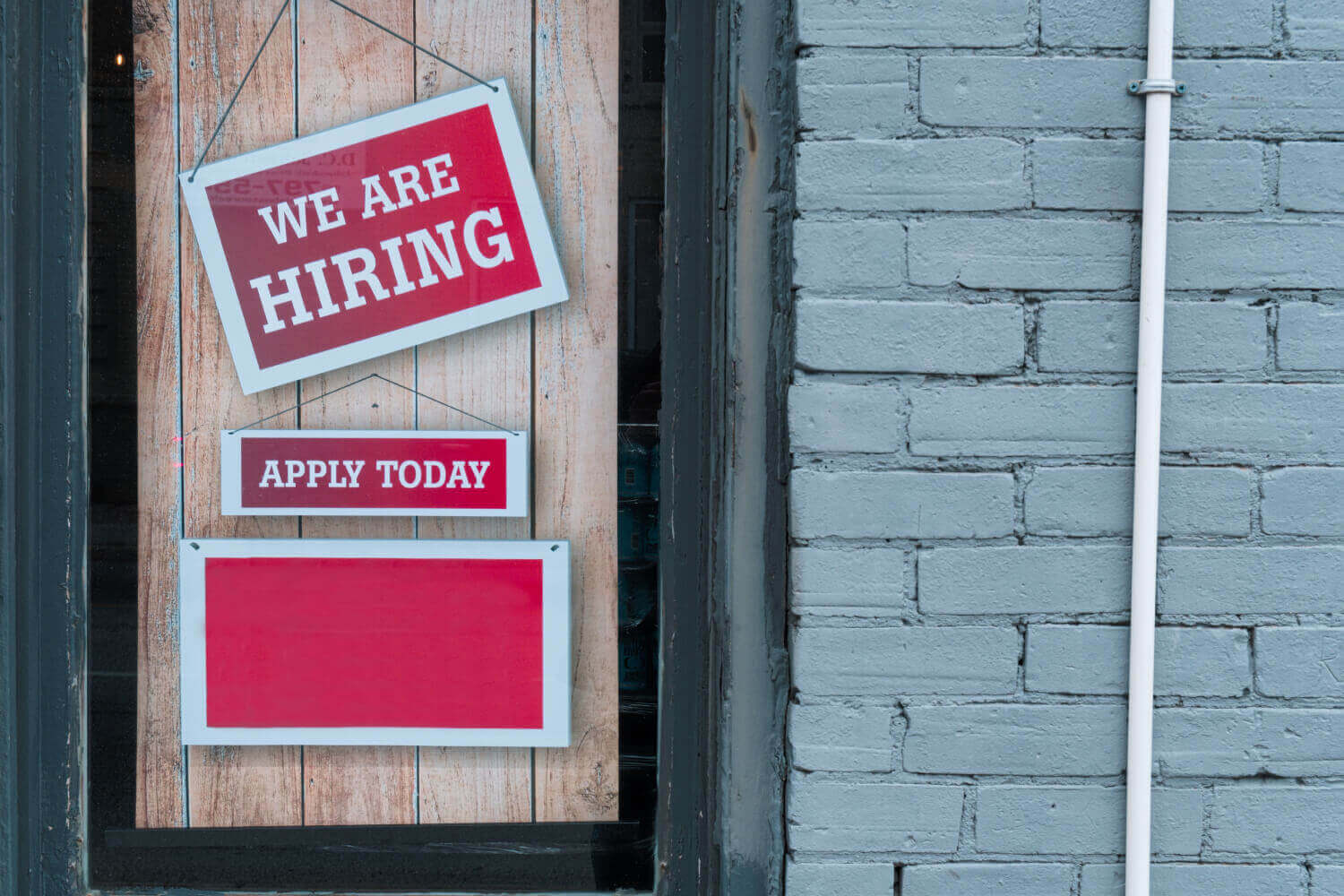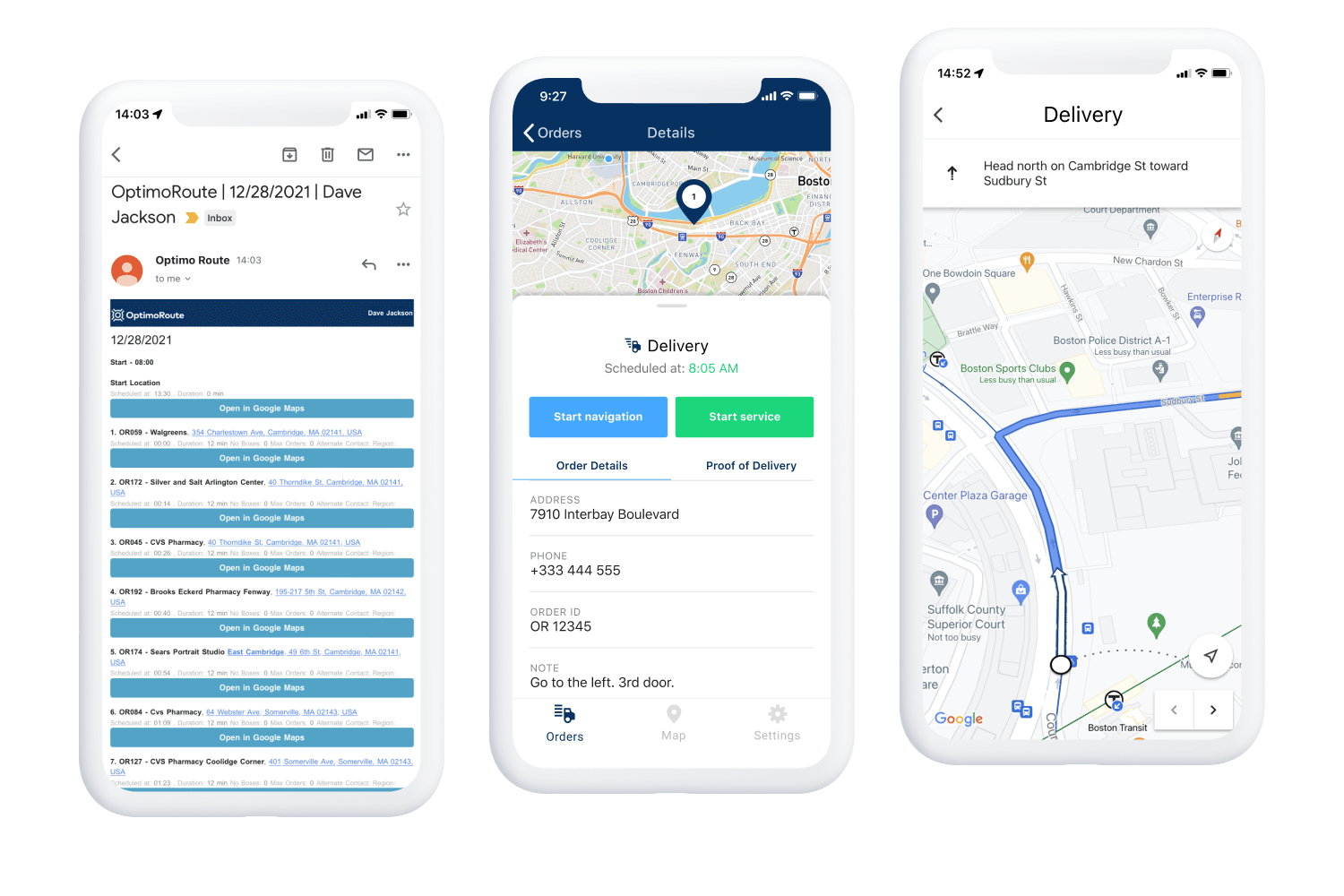How to Start and Optimize a Pressure Washing Business
8 min read

A recent report predicts that by 2026, the global pressure washing industry’s annual revenue will grow by 4%. That’s because of the recent rise in two-income households and an increase in disposable funds available to homeowners. The combination of extra money and a general disdain for housework creates a demand for professional cleaning services like pressure washing—making now an excellent time to start your own pressure washing business.
Jump to the section that most interests you:
- How to Start a Pressure Washing Business in 6 Steps
- Why Routing and Scheduling Is Crucial for Success
- Maximize Productivity and Profitability with OptimoRoute
- FAQs About Pressure Washing Businesses
How to Start a Pressure Washing Business in 6 Steps
The first steps in starting a successful pressure washing business are identifying a service area, creating a plan, and obtaining the proper licenses. Next, you’ll want to buy tools, hire employees, and begin marketing to attract customers and generate new business.
1. Identify a service area
A service area refers to the geographic area in which you provide services and gives you a geography-based demographic to market your business to. Defining the bounds of the service area for your business helps you narrow the range of your services. This helps you boost productivity by keeping your drive time to a minimum, so you spend more time serving customers than on the road.
Identify your service area by first considering whether you will serve commercial business owners, government entities, residential homeowners, or a combination. Next, look at areas near your business’ headquarters where that demographic is located. Focus on areas with a high concentration of potential customers as that geographic area will have a higher demand for your services. To find the limits of your service area, assess how far you are willing to drive to provide services by accounting for factors that will affect your profits, like travel time and mileage.
2. Create a business plan
Your plan should provide a clear description of your business idea and what you hope to achieve. To create one, start by listing the business name and writing a brief overview that describes the company. You should also include a list of what services you will provide and if you’ll offer services like gutter cleaning or window washing in addition to general pressure washing.
Next, outline what your goals for the business are and list the tactics you will use to reach those goals. For example, if your goal is to complete 1,000 jobs in the first year of business, then you might list using pricing promotions and marketing as tactics to generate business. To complete the business plan, you’ll also want to include information like how many employees you plan to hire and what type of management practices you’ll use.
3. Get licensed and insured
The requirements for field service companies like pressure washing businesses vary from state to state. Some states require individual technicians to earn licenses, while other states require the company itself to obtain a business license. Check the local regulatory offices in your area to see what the legal requirements are for your business, including which licenses, permits, and certifications you need, along with how often you should renew them.
You’ll also want to invest in other types of insurance to ensure you have financial and legal protection if an accident leads to an injury or property damage. All businesses that hire employees need workers’ compensation to provide financial benefits to employees if they are injured on the job. Pressure washing businesses also need professional and general liability insurance, which provides coverage for legal fees for a wide variety of issues, such as claims of property damage, bodily injury, negligence, or improper advice.
4. Purchase equipment
A power washer is an essential tool for pressure washing businesses—but it’s also one of the more expensive startup costs. The average pressure washer costs around $250, but professionals will spend much more than that. A high-end power washer costs more than $9,000, and you’ll need more than one if you plan to hire a team of technicians. Along with a power washer, you’ll need other pressure washing equipment, such as:
- Nozzles
- Pumps
- Surface cleaners
- Power washing chemicals
You’ll also need uniforms for your employees and service vehicles to transport technicians and tools to and from job sites. You should also invest in software to keep your business running smoothly, including solutions designed for mobile workforce management, invoicing, and route planning.
5. Hire a team
Once you’ve established your business, you can begin to grow your company by hiring a team, so you can complete more jobs and maximize profits. You can post open positions to job sites like Indeed, Monster, and ZipRecruiter to encourage interested candidates to submit their applications. You can also interact directly with potential applicants to encourage them to apply by recruiting at local job fairs.

6. Market your business
Once you’ve hired your team, you need to let customers know that you’re open for business. Effective marketing will help you generate business by making it easy for new customers to find your company. Start by building a company website and registering your business with Google. This helps the search engine show relevant business information to your customers, including contact information like a phone number, hours of operation, and where to find your website. You may also want to create social media accounts on platforms like Facebook, Instagram, and Twitter to generate awareness of your business online.
Don’t forget about more traditional methods for marketing your business, which can be especially successful for field service businesses like pressure washing. Post flyers or put up signs in customers’ yards so that their neighbors can easily contact you if they’re impressed with your work. You can also leave business cards with your customers, so they’ll call you for their next service. Customers can also hand out your business cards for you if their friends need pressure washing services, helping you generate business through word-of-mouth.
Why Routing and Scheduling Are Crucial for Success
To turn a profit, you need to complete enough pressure washing jobs to offset the costs of operating your business. Prioritizing efficiency allows you to complete as many jobs as possible and boost your profits. The best way to maximize efficiency is with efficient driver scheduling and route optimization.
Since pressure washing technicians can’t be in two places at once, it’s vital that you have enough technicians available to complete all of the services your business is hired for. Efficient technician scheduling helps ensure that you have enough employees working to complete all of your scheduled jobs without overstaffing.
Simply scheduling employees to do the work isn’t enough. You also need to plan efficient routes that get technicians to and from each job site so they can do their jobs. Optimizing your routes helps you do this by finding the most direct route between destinations to lower mileage and reduce fuel costs. Taking the most direct route also saves time, enabling technicians to spend less time on the road and more time at the job site.
Routing and schedule building are incredibly difficult and time-consuming to do manually, even for small business owners. This leads many planners to rely on software to automate the process.
Maximize Productivity and Profitability With OptimoRoute
OptimoRoute is a scheduling and routing solution designed to help you maximize productivity and profitability through automation. The software facilitates a variety of key tasks, including route planning and schedule creation. This saves managers time and allows them to focus their attention on business tasks that software can’t streamline.
Generate and optimize routes automatically
Upload business information to the software and allow OptimoRoute to automatically plan routes that are optimized to cut down on travel time, reduce mileage, and lower fuel costs. Provide the software with details like what services are scheduled, where the appointments are located, and what time technicians need to arrive on-site for the job. This allows the platform to generate the ideal routes for your technicians.
Technicians can easily access routes and turn-by-turn directions through the mobile app. If you get a call for a short-notice service, you can add the stop and update the route automatically. This informs the technician of the added stop and provides new directions so they make it to the appointment on time.

Plan schedules weeks ahead of time
Planning future daily and weekly schedules sets you up for success by providing a clear picture of what your business needs to accomplish, so you can stay focused. OptimoRoute helps with this by automating weekly planning, which saves you time by making scheduling a simple process. The solution allows you to plan up to five weeks in advance and lets you make changes if you need to update a future schedule.
Give customers real-time order tracking updates
According to recent data, 94% of customers that have a “very good” customer experience are likely to become repeat customers. Providing your customers with updates about their service appointments helps improve their overall experience with your business. Updates provide clear expectations for the customer, so they know exactly what to expect for their service appointment. OptimoRoute helps you give your customers updates through real-time updates and proof of delivery templates.
The platform’s Realtime Order Tracking function allows you to send your customers updates via email, text, or both. You can update customers when their service is confirmed, send appointment reminders, and let them know exactly how far away their technician is, so they know when your team will arrive on the site. After a technician completes a service, OptimoRoute can help you send proof of delivery to inform customers of how the service went.
Sign up for a free 30-day trial today to see how OptimoRoute can help you maximize your profits and productivity!
FAQs About Pressure Washing Businesses
Below are answers to some of the most frequently asked questions about pressure washing businesses.
Is a pressure washing business profitable?
Yes, a pressure washing business is profitable. On average, homeowners pay around $300 for a professional pressure washing service. Exactly how much of those earnings will translate to profits depends on a variety of factors. Some of the variables that may impact your overall profit margins include your operational costs, what type of jobs you are hired for, and how many pressure washing jobs you are able to complete.
How much does it cost to start a pressure washing business?
There are a lot of costs involved in starting a pressure washing business, including high-end power washers that can cost more than $9,000—and you’ll need more than one if you plan to hire a full team of field technicians. You’ll also need to pay for other pressure washing equipment, trucks, and field service management software, along with recurring costs like fuel. Hiring a team of technicians will also require you to pay them an average of $14 an hour. Taking all of these costs into consideration, starting a pressure washing business can cost tens of thousands of dollars.
How do I optimize a pressure washing business?
The best way to optimize a pressure washing business is by improving efficiency and productivity through scheduling and route optimization. Improving your technician schedules helps you to use your team more efficiently and ensures you have enough employees available to complete all of the jobs without overstaffing. Optimizing your routes helps you complete more jobs while lowering fuel costs by reducing mileage, so drivers get to jobs faster and can spend more time working than on the road.
Try OptimoRoute™ for Free
No installation or credit card required


